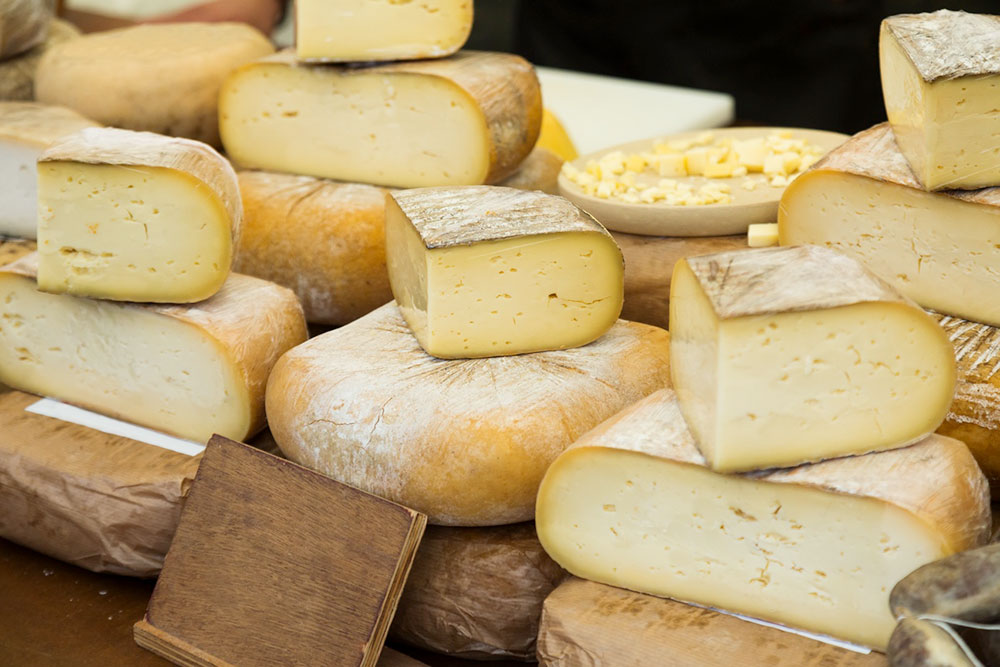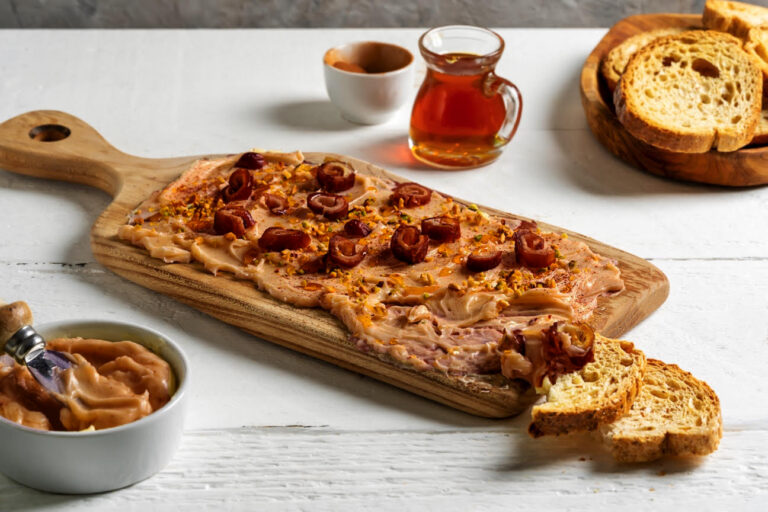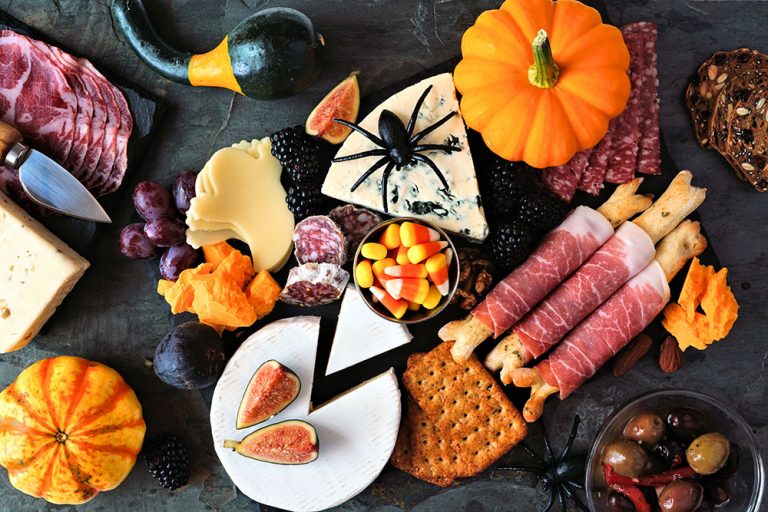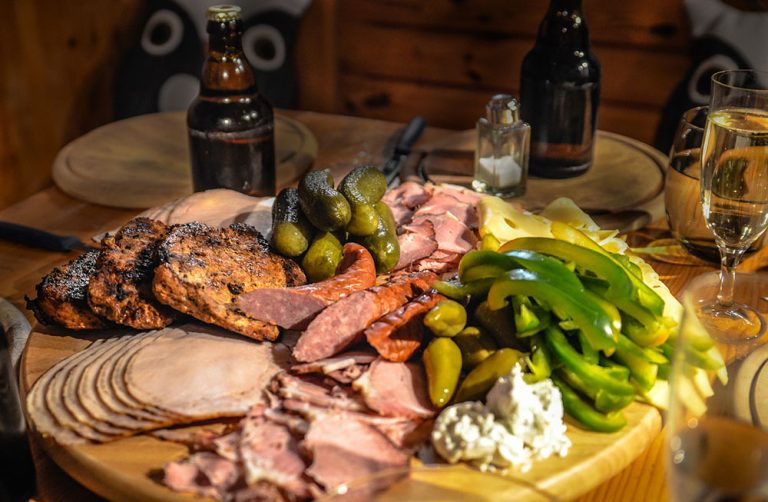
Whether you’re a true fan of fromage or just really enjoy a good grilled cheese, you should be well versed in artisanal cheese.
What is artisanal cheese?
Artisanal cheese (a.k.a. artisan cheese) is a type of cheese that is handmade, typically in small batches. In other words, artisanal cheese is cheese made by artisans, skilled workers who specialize in making a particular item by hand.
What makes a cheese artisanal?
Cheese is considered “artisanal” when it is made either completely or mostly by hand. This gives the cheese a more complex flavor and certain delicate nuances that cannot be achieved otherwise.
The opposite of artisan cheese is industrial cheese, which is mass-produced by machinery in factories. Unlike artisanal cheeses, industrial cheeses are always pasteurized. Although industrially-made cheeses generally lack the nuances of flavors and other characteristics found in artisanal cheeses, this does not automatically mean they are of lesser quality. The quality greatly depends on the producer of the cheese.
There are many cheeses that can be either artisanal or industrial depending on the manufacturing process. For example, cheddar can be artisanal when made by hand or industrial when made by machine.
What are different types of artisanal cheese?
There are several hundred different types of artisanal cheese. Although certain artisanal cheeses are widely available, many are only available in local markets because they can only be made in limited quantities. You will want to visit your local cheesemonger to find out which cheeses are made locally. (If you don’t have a local dedicated cheese shop, consider visiting the cheese section of your local supermarket.)
The most well-known types of artisanal cheeses are:
- brie – a soft cow’s or goat’s milk cheese with an edible rind; originated from northern France; get it here
- burrata – a semi-soft cheese made of cow’s or water buffalo’s milk, rennet and cream; originated from Italy
- goat cheese (a.k.a. chèvre, pronounced SHEV-ra) – any cheese made from goat’s milk
- gorgonzola – a relatively mild blue cheese made from cow’s milk; originated from Italy
- gouda – a yellow semi-hard cheese made from cow’s, goat’s or sheep’s milk; originated from the Netherlands; get it here
- gruyere – a pale yellow semi-hard cheese made from cow’s milk; originated from Switzerland
- Havarti – a semi-soft cheese from cow’s milk; originated from Denmark
- provolone – a semi-soft to semi-hard cheese from cow’s or goat’s milk; originated from Italy
- manchego – a semi-hard cheese from sheep’s milk; originated from Spain
- casu marzu – a Sardinian delicacy of rotten cheese a.k.a. “maggot cheese”
How is artisanal cheese made?
Artisan cheese is made by an extensive, largely manual process that creates a specific taste, texture, density and aesthetic of the cheese. This process involves monitoring and adjusting a number of different factors including the feed of the cows, temperature, barometric pressure and microbes (e.g. yeast, mold and bacteria).
What can artisan cheese be used in?
There are virtually infinite ways you can enjoy artisanal cheese. It can be eaten with most savory foods and certain sweet foods, like fruits. Here are some of the most preferred ways of eating artisanal cheese:
- on a charcuterie board
- with crackers (e.g. breadsticks, sea salt crackers, seeded crackers, table water crackers, etc.)
- with crusty bread (e.g. French baguette, multigrain, rye, sourdough, etc.)
- with fruits (e.g. grapes, blueberries, raspberries, strawberries, pear slices, apple slices, pomegranate, etc.)
- with nuts (e.g. almonds, walnuts, pecans, pistachios, etc.)
- with wine (e.g. cabernet sauvignon, champagne pinot noir, moscato, rosé, tempranillo, etc.)
It can also be used in different cheesy dishes like:
- fondue
- gourmet grilled cheese
- gourmet nachos
- mac and cheese
- raclette
What are the best wine and artisan cheese pairings?
The best way to pair wine with cheese is to look for flavors that complement each other, not overpower one another. Fruity red wines pair well with nuttier cheeses. Sparkling and acidic white wines pair better with soft creamy cheeses. Full-bodied wines tend to go well with bold and stinky cheeses. Here is a list of artisan cheeses and their best wine pairings:
- asagio & prosecco, riesling or sauvignon blanc
- blue stilton & tawny port
- brie & champagne
- camembert & chardonnay
- cheddar (aged) & cabernet sauvignon
- cremont & chablis
- havarti & rosé
- goat cheese & sauvignon blanc
- gouda & malbec or shiraz
- gorgonzola & moscato
- gruyere & pinot noir
- idiazabal & tempranillo
- manchego & rioja
- parmigiano-reggiano & champagne, prosecco or lambrusco
- pecorino toscano & chianti
- raclette & riesling
- roquefort & sauternes











